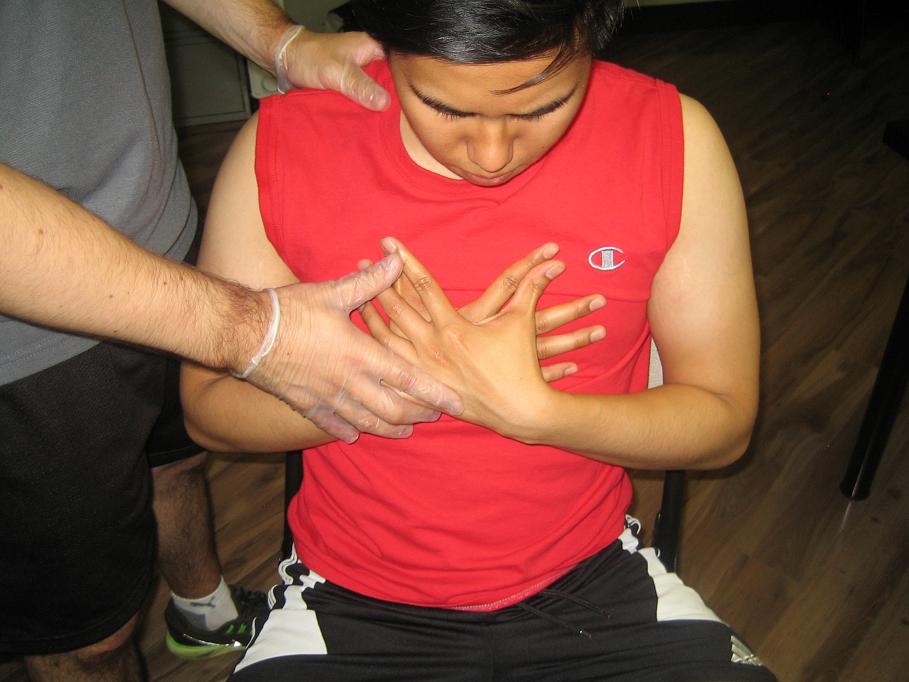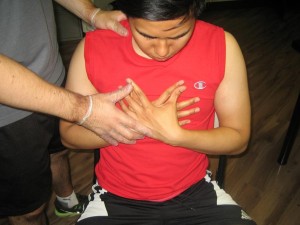Altitude sickness is a prevalent condition that can develop if climbing areas with high altitude rapidly. The drop in the atmospheric pressure makes it hard to breathe since the body could not take in sufficient oxygen. Most cases are mild with symptoms such as the following:
- Nausea
- Headache
- Dizziness
- Exhaustion
In rare instances, altitude sickness can cause the buildup of fluid either in the lungs or brain. These are serious conditions that necessitate immediate medical care.
Indications of severe altitude sickness include the following:
- Breathlessness that continues to worsen
- Bubbling sound in the chest
- Difficulty walking and clumsiness
- Coughing up frothy, pinky liquid
- Confusion that leads to loss of consciousness
Breathlessness that continues to worsen
How to manage the symptoms
If there are minor symptoms of altitude sickness, it is not advisable to go higher within at least 24-48 hours. The individual can climb if the symptoms settle after this.
In case the symptoms worsen or do not improve after 24-48 hours, the individual should go down by at least 500m.
In a severe case, it is considered as a medical emergency. An individual with severe symptoms must descend right away to an area with low altitude and seek medical attention.
How to prevent altitude sickness
Proper acclimatization to altitudes of 2,500 meters or more is the ideal way to prevent the condition from developing. It typically takes a few days for the body to become accustomed to the altitude changes.
Steadily ascending will allow the body time to adapt to the altitude changes. Keeping the body properly hydrated is also vital to prevent dehydration, but alcoholic beverages must be avoided.
Who are at risk?
Altitude sickness is quite prevalent among those who spend time in areas with high altitudes particularly skiers and mountaineers.
In its mild form, the condition can develop at heights over 2,500 meters above sea level which is the usual height for many skiing resorts. Nevertheless, severe symptoms can develop at heights of 3,600 meters and above.
It is important to note that there are no exact factors such as gender, age or physical fitness that increases the possibility for developing altitude sickness. Some individuals are affected while others are not prone to it.


